Understanding the Benefits of Fiber Cable in Modern Communication Systems
In today's rapidly evolving digital landscape, the significance of fiber cable in modern communication systems cannot be overstated. As reported by the Fiber Broadband Association, the deployment of fiber optic technology is expected to grow exponentially, with approximately 70% of new broadband subscribers opting for fiber connections by the end of 2025. This remarkable shift is driven by the increasing demand for high-speed internet and the pursuit of reliable, low-latency communication solutions.
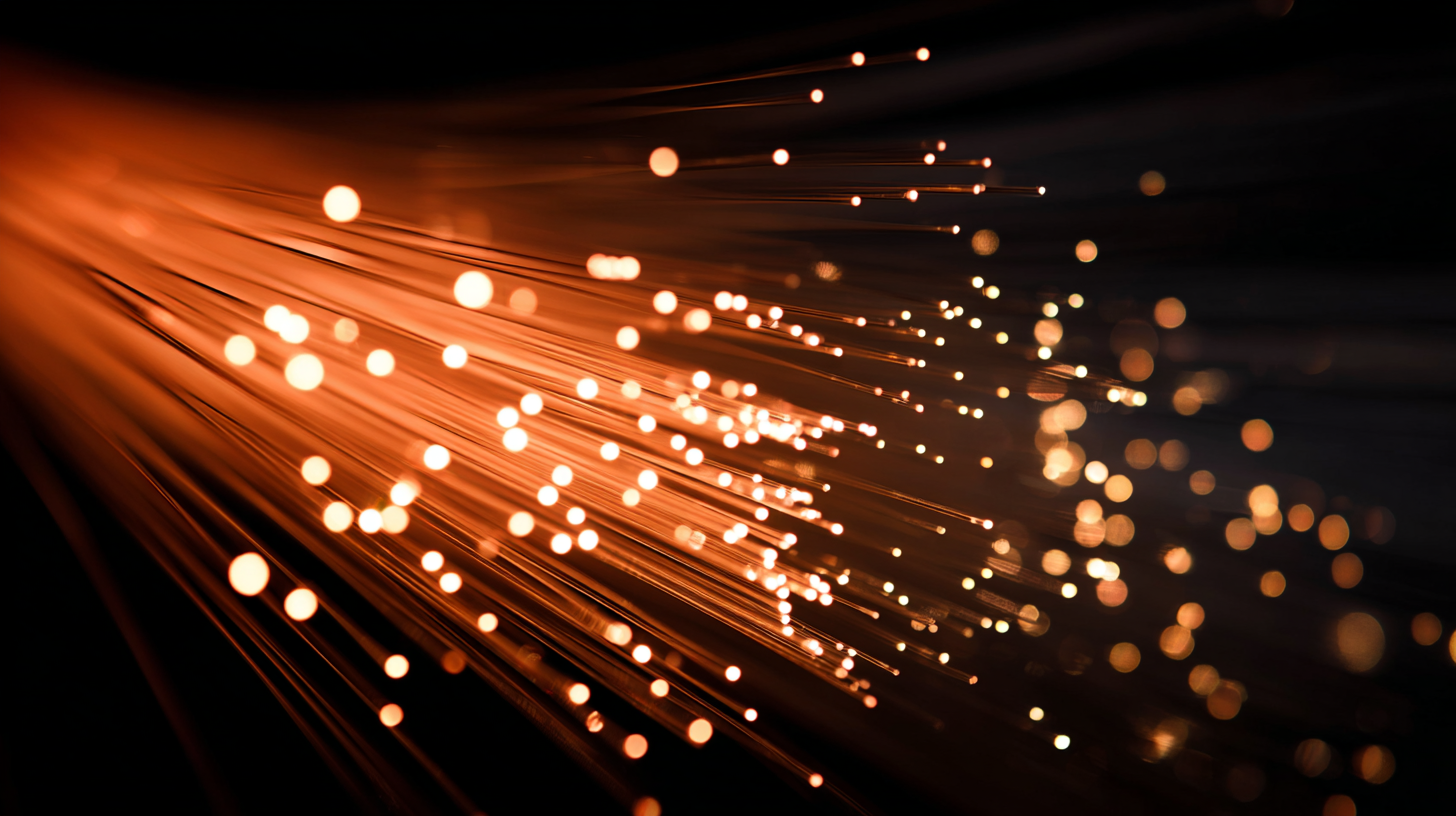 Fiber cables, characterized by their ability to transmit data at unparalleled speeds and over long distances, are revolutionizing how industries operate and communicate. With the capability to deliver multi-gigabit speeds that far surpass traditional copper cables, fiber optics are not just enhancing consumer experiences but also empowering businesses to innovate and thrive in a competitive marketplace. The adoption of fiber technology is a testament to its vital role in the future of connectivity, making it an essential consideration for organizations looking to stay ahead in the digital age.
Fiber cables, characterized by their ability to transmit data at unparalleled speeds and over long distances, are revolutionizing how industries operate and communicate. With the capability to deliver multi-gigabit speeds that far surpass traditional copper cables, fiber optics are not just enhancing consumer experiences but also empowering businesses to innovate and thrive in a competitive marketplace. The adoption of fiber technology is a testament to its vital role in the future of connectivity, making it an essential consideration for organizations looking to stay ahead in the digital age.
The Evolution of Fiber Optic Technology in Communication Systems
The evolution of fiber optic technology has dramatically transformed communication systems over the past few decades. Initially developed from concepts dating back to Alexander Graham Bell's photophone in the 1880s, fiber optics now underpin the global telecommunications network. Celebrating 55 years of advancement in optical fiber technology highlights its integral role in modern connectivity, capable of transmitting vast amounts of data over long distances at unprecedented speeds. Recent collaborations between major companies are advancing co-packaged optics to meet the growing bandwidth demands driven by artificial intelligence and data centers.
Tips: To optimize fiber optic performance, consider investing in the latest fiber connectors that enhance signal quality and reduce latency. Staying informed about innovative products in the market can provide your organization with a competitive edge.
Moreover, the continuous innovations in fiber optics, such as all-optical communications, are pushing the limits of efficiency and reliability. As research initiatives expand into new applications, the capabilities of fiber optic systems are projected to further evolve, making them indispensable to future communication networks. Embracing these advancements is essential for businesses aiming to leverage next-generation communication technologies.
Key Advantages of Fiber Cable Over Traditional Copper Wiring
Fiber optic cables have emerged as a cornerstone of modern communication systems, offering significant advantages over traditional copper wiring. One of the primary benefits is the superior bandwidth capacity of fiber cables. According to a report from MarketsandMarkets, the global fiber optics market is projected to reach $6.97 billion by 2027, driven by the increasing demand for high-speed internet services. Fiber cables can transmit data at speeds exceeding 100 Gbps, dramatically outperforming copper, which typically supports data rates of only up to 1 Gbps. This immense capacity makes fiber optics the ideal choice for data-intensive applications such as cloud computing and large-scale data centers.
In addition to superior speed, fiber optic cables offer enhanced durability and reliability. A study by the Fiber Broadband Association highlights that fiber cables are less susceptible to electromagnetic interference than copper wires, ensuring a more stable and consistent signal. Furthermore, fiber optics have a longer lifespan; they are resistant to environmental factors and corrosion. The maintenance costs associated with fiber installation are also significantly lower over time, as evidenced by research from the International Telecommunications Union, which states that fiber networks can reduce operational costs by as much as 50% compared to traditional copper systems. This resilience and cost-effectiveness make fiber optics an attractive solution for both service providers and end-users alike.
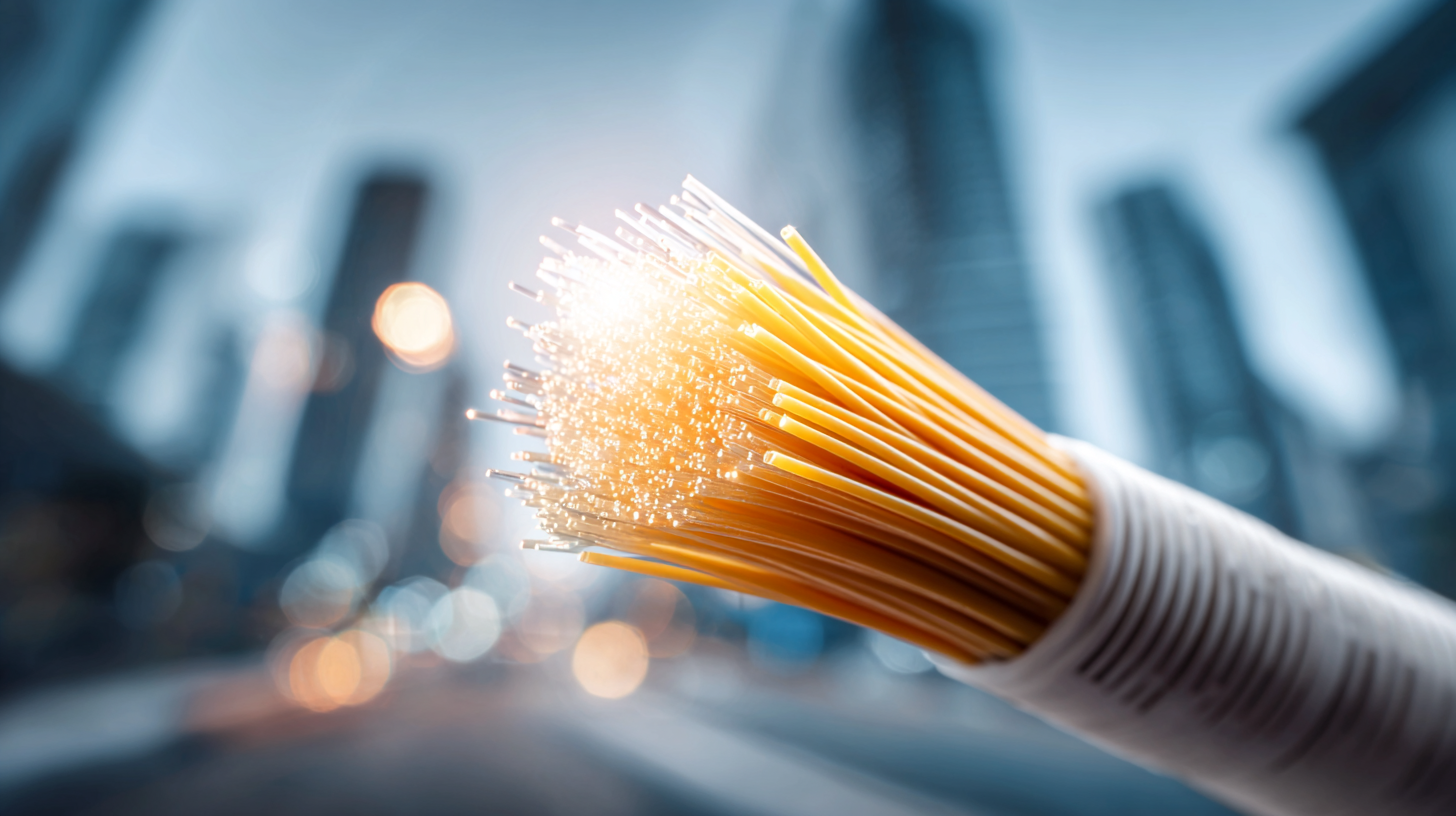
Enhanced Data Transmission Speeds and Capacity with Fiber Optics
Fiber optic technology has revolutionized modern communication systems by providing enhanced data transmission speeds that far surpass traditional copper cables. One of the main advantages of fiber optics is its ability to transmit data over long distances without significant loss of signal quality. This capability is especially crucial for businesses and service providers that require high-speed internet and reliable communication channels to operate efficiently. With the advent of fiber optic networks, users can experience download and upload speeds that can reach several gigabits per second, facilitating seamless access to cloud services, streaming high-definition content, and engaging in real-time communications.
In addition to improved speed, fiber optics offers significantly greater data capacity compared to conventional methods. Fiber cables can carry vast amounts of information simultaneously, making them an ideal solution for bandwidth-intensive applications. This increased capacity not only benefits individual users but also supports the growing demands of IoT devices and smart technologies in urban infrastructure. As communication systems continue to evolve, fiber optic technology stands out as a cornerstone for future advancements, ensuring that businesses and consumers alike can enjoy fast, reliable, and efficient connectivity in an increasingly digital world.
Understanding the Benefits of Fiber Cable in Modern Communication Systems
| Dimension | Fiber Optic | Traditional Copper |
|---|---|---|
| Data Transmission Speed | Up to 100 Gbps | Up to 10 Gbps |
| Distance Coverage | Over 40 km without signal boost | Limited to 100 meters |
| Bandwidth Capacity | Higher than 1 Terabit per second | Up to 1 Gigabit per second |
| Interference | Immune to electromagnetic interference | Susceptible to interference |
| Installation Cost | Higher initial cost | Lower initial cost |
| Longevity | Up to 30 years | 5 to 10 years |
Durability and Reliability: The Long-Term Benefits of Fiber Cables
Fiber optic cables have revolutionized modern communication systems by offering exceptional durability and reliability compared to traditional copper cables. One of the primary advantages of fiber cables is their resistance to environmental factors. Unlike copper, which can corrode and degrade over time, fiber optics are made of glass or plastic, making them immune to electromagnetic interference and moisture. This resilience ensures that data transmission remains stable and consistent, even in harsh conditions, which is critical for businesses and services that rely on uninterrupted connectivity.
Additionally, the longevity of fiber cable systems contributes to their cost-effectiveness in the long term. While the initial installation might be higher than that of copper systems, the reduced need for maintenance and fewer outages translate to lower operational costs over time. Organizations can rely on fiber cables for high-speed internet and robust data transfer without the frequent upgrades or replacements required by older technologies. Consequently, fiber optics not only enhance communication capabilities but also provide a sustainable solution for future advancements in technology.
Future Trends in Fiber Optic Communication and Their Impact
The future of fiber optic communication is poised for significant advancements, propelled by the increasing demand for higher bandwidth and more reliable data transmission. According to a report by Research and Markets, the global fiber optics market is projected to reach $5 billion by 2025, growing at a CAGR of over 10%. This growth is largely driven by the surge in cloud computing and the Internet of Things (IoT), which necessitate faster and more efficient communication networks.
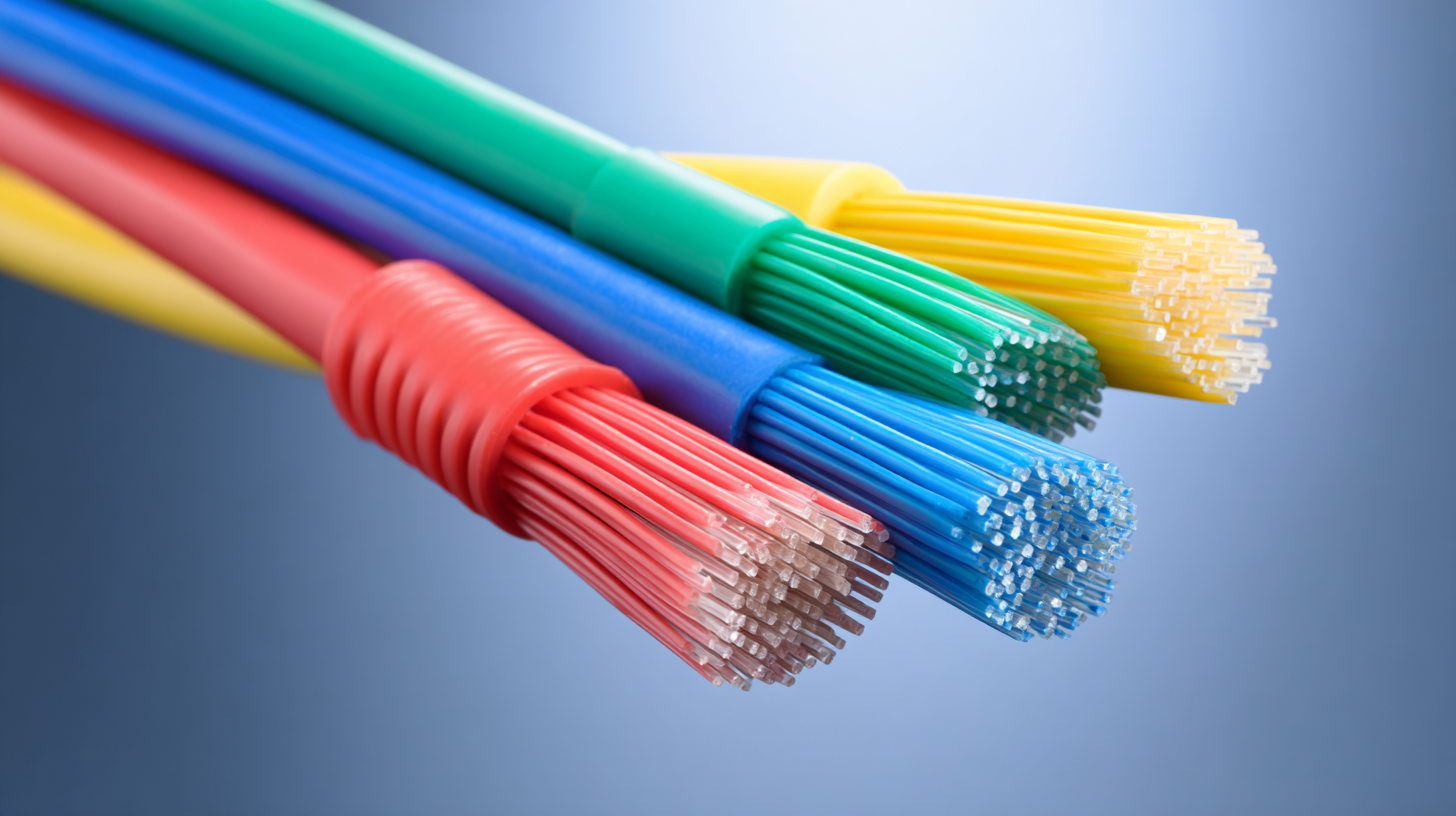
One of the most exciting trends in fiber optic technology is the development of small form-factor pluggable (SFP) transceivers that enhance flexibility and scalability in network design. These devices allow for greater data transmission speeds, with capabilities exceeding 400 Gbps per channel. Moreover, advancements in integrated photonics are expected to reduce costs and energy consumption while increasing transmission rates. As companies adopt these technologies, the impact will be profound, ushering in an era where high-definition video streaming, real-time data analytics, and ultra-low latency applications become ubiquitous in everyday life. This shift will not only enhance user experience but also provide businesses with a competitive edge in an increasingly digital landscape.
Related Posts
-
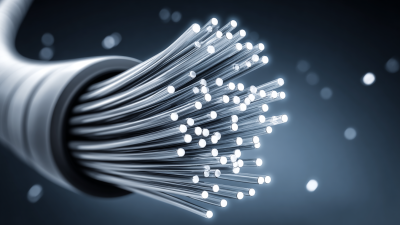
Maximize Your Network Potential with Fiber Cable Insights and Best Practices
-
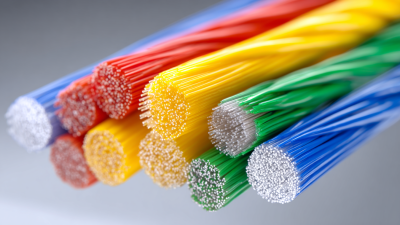
How to Choose Between Cable and Fiber for Your Home Internet Needs
-
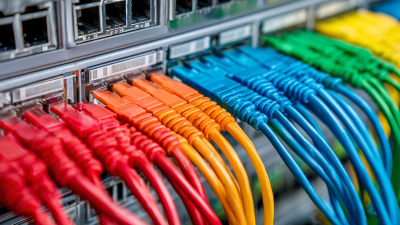
How to Build a Reliable Network with Fiber Optic Connections
-

Understanding Fiber Optic Connections How They Revolutionize Internet Speed and Reliability
-
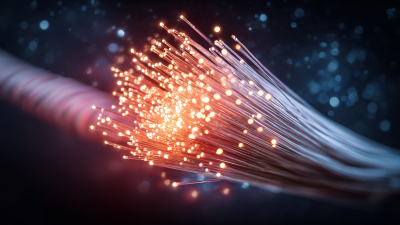
Understanding the Benefits of Fiber Optic Ethernet Cable for Modern Networking Needs
-
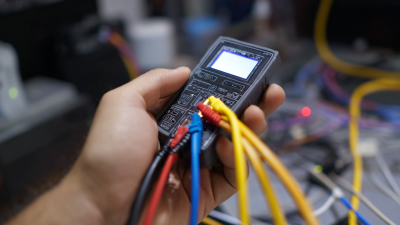
The Ultimate Guide to RJ45 Testers: Boost Your Network Efficiency Today!






